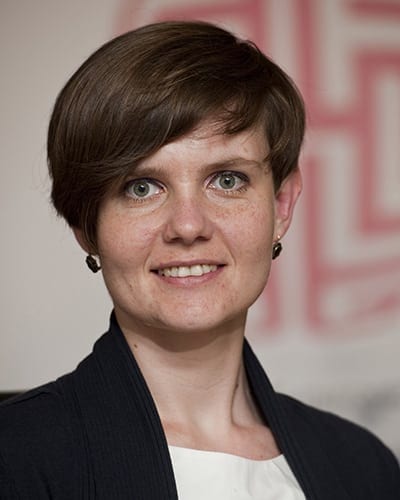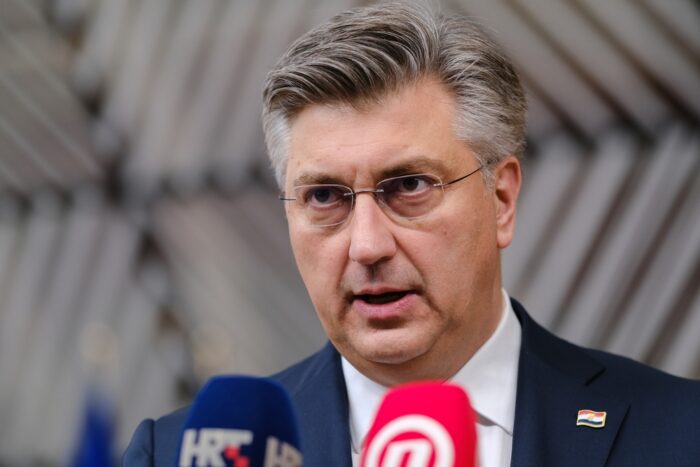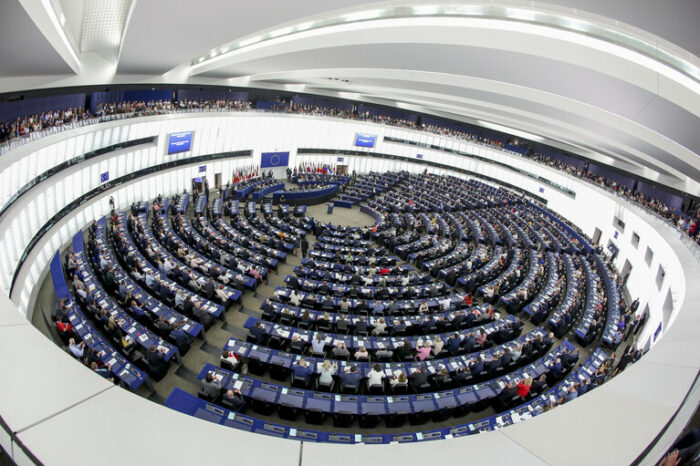The Progressive Post
The game of votes: is the new European Parliament legislative resolution on direct universal suffrage historic?

May is typically a month marked by important exams. This year, the European stakeholders have been feeling that they as well should deliver and pass with flying colours the key historical test, which had been defined as the Conference on the Future of Europe (CoFoE). In anticipation of 9 May, the European Parliament took some ground-breaking decisions. These included a vote on the legislative resolution on direct universal suffrage.
For passionate federalists and fervent supporters of transnational parties, who are often unjustifiably painted as technocrats, this vote was an emotional moment because the somewhat silent struggle to establish a European public sphere and to equip it with a modern European electoral law has now continued for almost five decades. Indeed, although the European Community has kept evolving over this time, the provisions to empower and involve its citizens have kept on lagging behind. Despite knowing that the electoral turnout had long been in decline, and despite seeing the disfranchisement of voters in countries like the UK from close quarters, the European heads of state and government have nevertheless continued to push the discussion on these issues to the side, even in 2018, labelling it ‘for the future’. Against this backdrop and that of all the other painful experiences of 2019 when the Council ignored the whole process of ‘lead candidates’ (known in EU jargon as ‘Spitzenkandidaten’), last week’s vote by the European Parliament represents a breakthrough. In total, 331 MEPs supported the resolution, with 323 voting in favour of the draft legislative act – both of which were prepared by the S&D Group rapporteur Domènec Ruiz Devesa and outline the prospects for the “Election of the Members of the European Parliament by direct universal suffrage”.
Besides the fact that this draft legislative act is possibly the first-ever attempt to offer so many complete answers to a list of very complex and persisting challenges, there are several key elements that make the text exceptional. Firstly, there is a recommendation to establish a European public sphere within which deliberative, representative, and participatory democracies are clearly defined along the lines of rights and responsibilities. Secondly, the text provides a set of very precise definitions, clarifying terms such as ‘European political party’, ‘European association of voters’, ‘European electoral coalitions’, ‘European electoral entity’, ‘Union-wide lists’, and ‘European campaign’. Strange as it may sound, academics have been struggling with this terminology for years, which has frequently led to heated disputes – such as on whether transnational parties are indeed parties. Thirdly, and possibly most importantly, the text also sets out entirely new guidelines for European elections, ensuring that their outcomes cannot be easily overlooked, including when it comes to who should be designated as the president of the European Commission.
In addition, the text proposes establishing a single European election, at which citizens would have two votes. One would be to elect MEPs within the constituency of the respective member state, while the other would be to support the candidates presented on the so-called ‘Union-wide lists’ (previously called ‘transnational lists’). Each of the parties and voters’ associations on the national level would make their membership within the transnational party or their affinity to the voters’ association known during the campaign. This affiliation would also be clearly marked on the voting ballots.
When it comes to the Union-wide lists, they would have to be headed by the lead candidates. These candidates should be registered no later than 12 weeks before election day – which is also an innovation and which emphasises the time needed for candidates to be able to introduce themselves to voters. The lists would be filled further by candidates from different member states. The rules on this are also strict, to ensure gender equality and the equal representation of all states regardless of their size. The member states are therefore divided into three groups in Annex I of the draft legislative act, according to the size of their population. On the electoral list they must alternate successively in the order of large, medium-sized, and small.
The report includes several other important provisions which deal with voting age (the recommended age to be eligible to vote is 16), threshold, campaign financing from EU resources, timetables, postal voting, provisions to enable the participation of disabled citizens, ways to avoid citizens voting in two member states, and the role of media. It even goes beyond the strict scope of the election, explaining what needs to happen if an MEP resigns, passes away, or needs to take parental or extended sick leave (the latter remains a loophole in the current regulations). Very importantly, the text also calls for the establishment of a European Electoral Authority (comprising representatives of the member states), which would oversee the European elections. To this end, the text proposes establishing one particular day (always 9 May) for the whole of Europe to vote. The text suggests that member states consider making it a national holiday.
Last week’s vote on this text in the European Parliament was a turning point – especially as the committee negotiations before the plenary had been tough and as nearly all the political groups had entered the vote divided. However, when listening to the opposing arguments of those on the far right of the political spectrum, it is clear what they fear the EU would come as a result of this legislative act. This makes the attempt that the report represents in terms of making the progress on direct universal suffrage this time felt much more real than before. Even if it seems naïve to expect that in the current political climate and composition of the Council the proposals will achieve the unanimity they need, and that the necessary treaty amendments can be agreed upon, with member states being ready to ratify them. It is therefore very unlikely that on 9 May 2024 Europeans will for the first time be voting for Union-wide lists.
Nevertheless, the text is strong proof that lessons have been learned and that citizens – their votes, their protests, their voices in the CoFoE and other forums – have been lent an attentive ear. The draft legislation provides a detailed set of solutions and it now is high time for progressives to take time to reflect on what they need to do to remain protagonists of the pan-European democratic processes.
It would be highly advisable for the Party of European Socialists to set up a committee with a mandate to conduct a reflection on the new provisions and see what openings they can offer even before the completion of the ratification process. The committee should reflect on the party’s internal divisions (which persist especially on the matter of transnational lists), and then deliberate both on the adjustments and the new mechanisms that would enable the PES to actually propose a Union-wide list in the future. It might perhaps be advisable to consider strengthening the institution of a lead candidate, considering adding to her/him a team of their ‘running mates’ (one of each in every member state). Yet even then, there would be many things to ponder: Could such lists already be constructed for the next European elections, and could they include candidates who could then compete to be European commissioners – despite the EU-wide constituency not yet existing? Who would propose the candidates? Would this be open within the europarties or would it only be for national parties to nominate them (as for the PES presidency)? Would there be PES hearings of the candidates? How could it be ensured that the list is gender- and generationally balanced? How could the PES improve its campaign outreach and be the most inclusive party in 2024? Would it consider the new options of the electoral campaign, and how much of a challenge would it expect from ‘voters associations‘?
The upcoming PES Congress clearly provides a very opportune moment to discuss these pivotal questions.
Photo credits: © European Union 2022 – Source : EP




